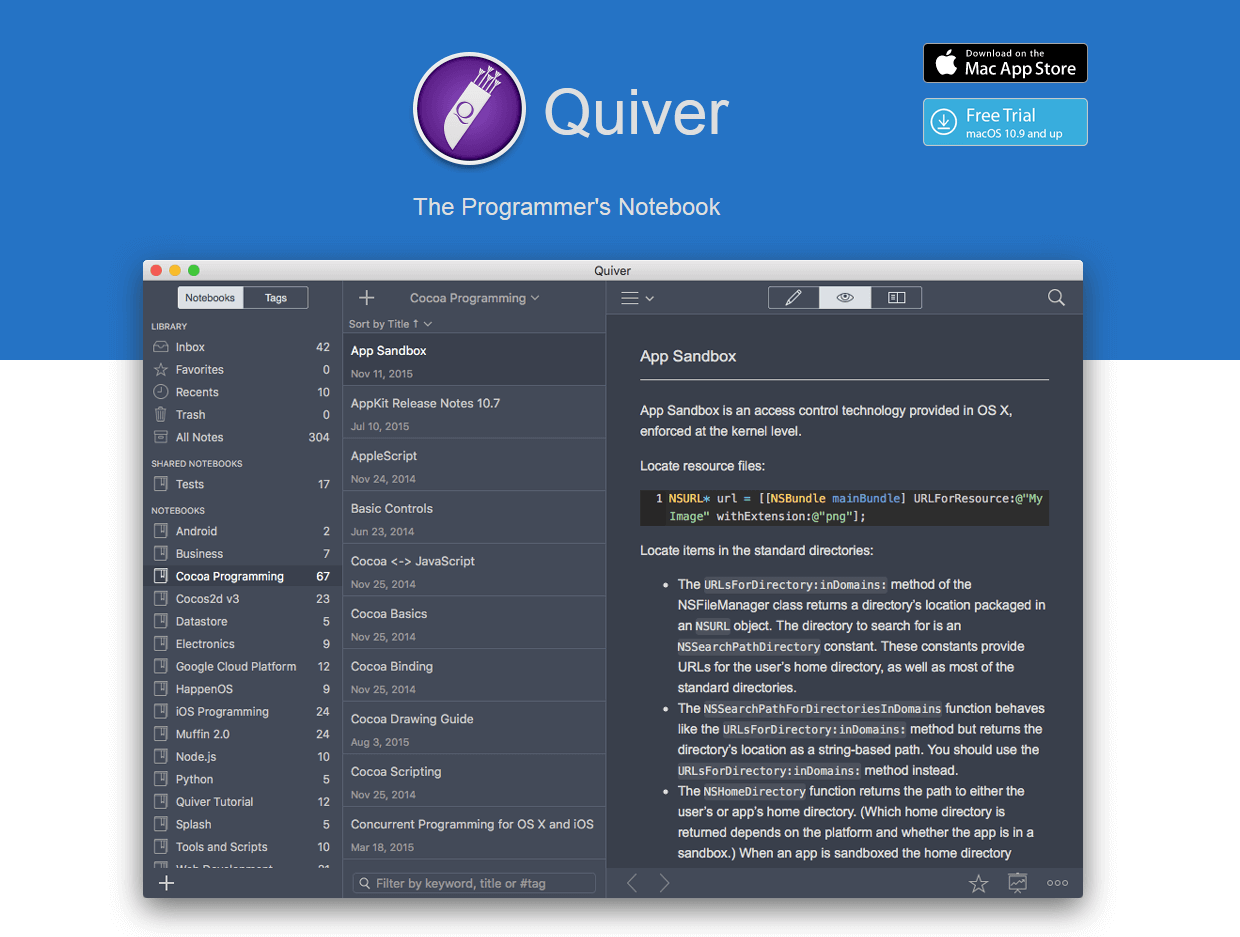


However, Gruber has argued that complete standardization would be a mistake: "Different sites (and people) have different needs. These issues spurred the creation of tools such as Babelmark to compare the output of various implementations, and an effort by some developers of Markdown parsers for standardisation. The behavior of some of these diverged from the reference implementation, as Markdown was only characterised by an informal specification and a Perl implementation for conversion to HTML.Īt the same time, a number of ambiguities in the informal specification had attracted attention. Rise and divergence Īs Markdown's popularity grew rapidly, many Markdown implementations appeared, driven mostly by the need for additional features such as tables, footnotes, definition lists, and Markdown inside HTML blocks. It can take the role of a standalone script, a plugin for Blosxom or a Movable Type, or of a text filter for BBEdit. Gruber wrote a Perl script,, which converts marked-up text input to valid, well-formed XHTML or HTML and replaces angle brackets ( ) and ampersands ( &) with their corresponding character entity references. Its key design goal was readability, that the language be readable as-is, without looking like it has been marked up with tags or formatting instructions, unlike text formatted with ‘heavier’ markup languages, such as Rich Text Format (RTF), HTML, or even wikitext (each of which have obvious in-line tags and formatting instructions which can make the text more difficult for humans to read).

Swartz and Gruber then worked together to create the Markdown language in 2004, with the goal of enabling people "to write using an easy-to-read and easy-to-write plain text format, optionally convert it to structurally valid XHTML (or HTML)."

In 2002 Aaron Swartz created atx and referred to it as “the true structured text format”. AttackLab for writing the excellent JavaScript Markdown converter, Showndown which made all this doable.Markdown was inspired by pre-existing conventions for marking up plain text in email and usenet posts, such as the earlier markup languages setext (c.Daring Fireball for coming up with Markdown in the first place.I'm not sure if my plan will work, but I'll be sure to keep you posted. Obviously, you wouldn't use this experiment as the editor of choice for all of that, but if it gets people going, great. As long as we can keep custom HTML in the document where we need to and inline styles out, I'll be happy. It needn't be markdown either, any decent easy-to-learn markup language will do. Sure, Word can do the above, but at the expense of ugly, bloated HTML and inconsistencies between documents that make styling and branding across documents a project in itself.
Markdown editor online pdf#
Anyone, technical or otherwise, can work with it, we can edit a stylesheet once and keep all documents looking consistent across the prduct range, and use it to export to HTML and PDF (via pandoc). I am trying to introduce markdown as the language of choice for writing documentation in my workplace. If you're looking for a genuine WYSIWYG markdown editor, there appear to be loads already available for the mac, and WriteMonkey is very nice for Windows. The beauty of markdown of course being that you only need a regular text editor to get going. At no point am I suggesting that my experiment should be used as a fully-featured text editor - it isn't - but rather as a simple tool created to gently introduce others to markdown. The idea here is to take 's already excellent showdown script and add some simple load, save and print functionality to it. Read the markdown introduction and syntax guide for instructionsįirst things first, this really isn't my experiment as 99% of the work - and 99,99999% of the difficult bits - have been done by others. It takes easy to read text that can be written by anyone and converts it to HTML. Markdown is a text-to-HTML conversion tool for web writers.


 0 kommentar(er)
0 kommentar(er)
